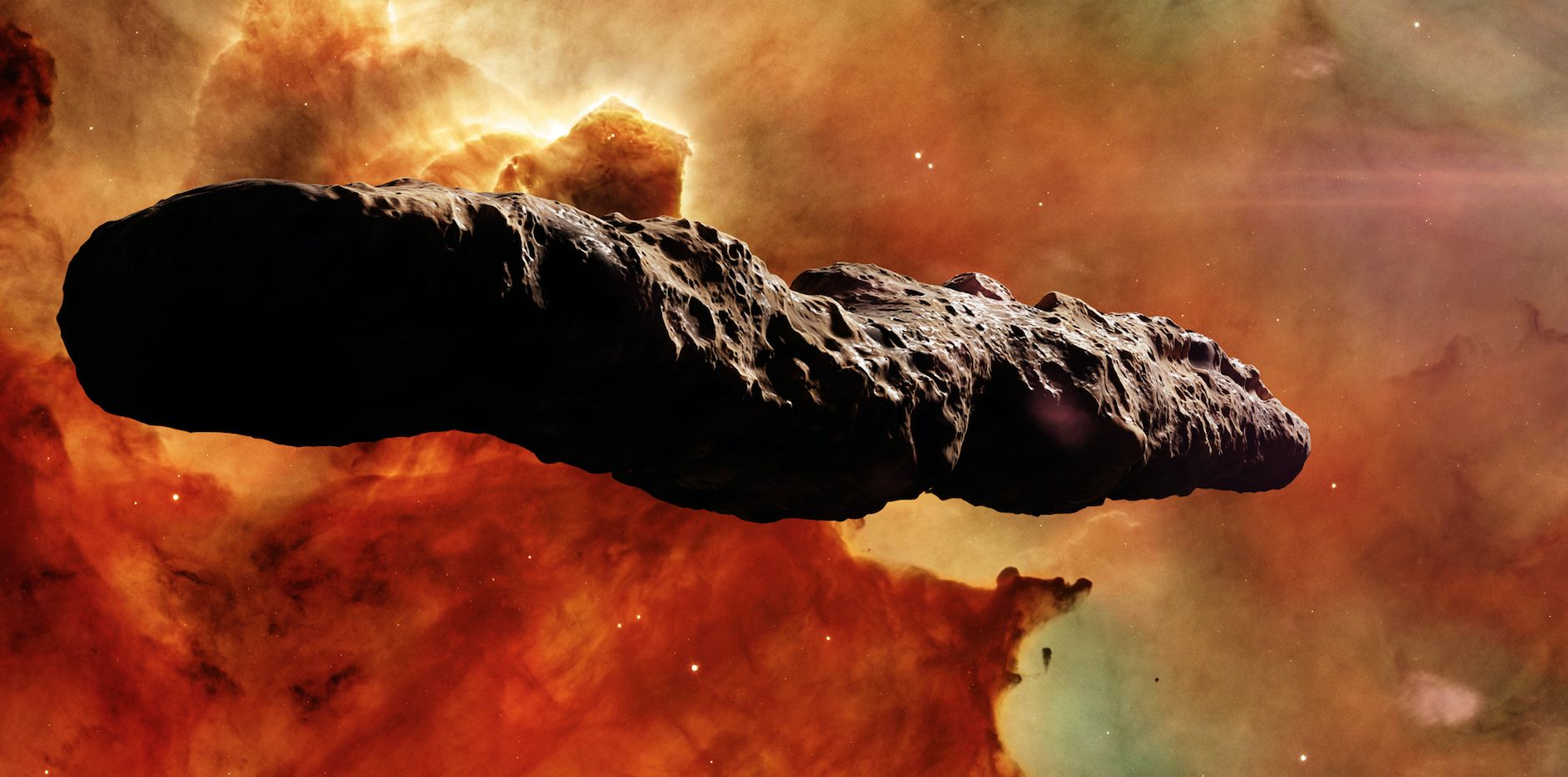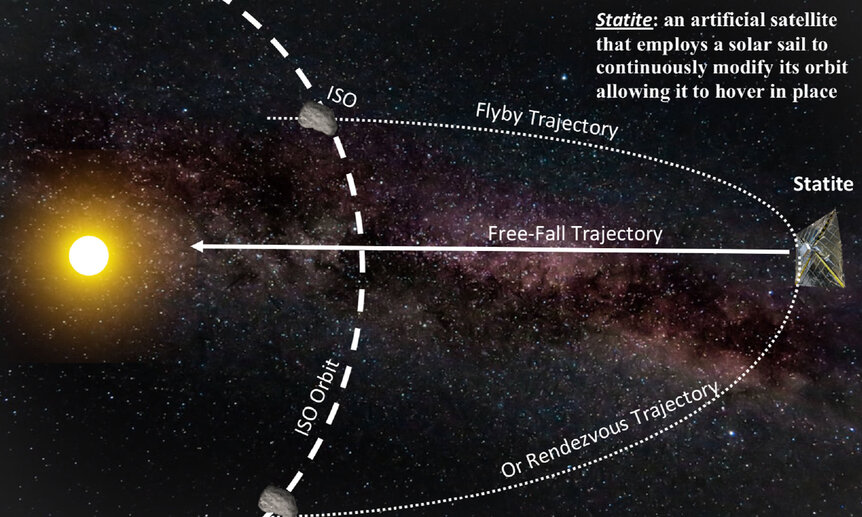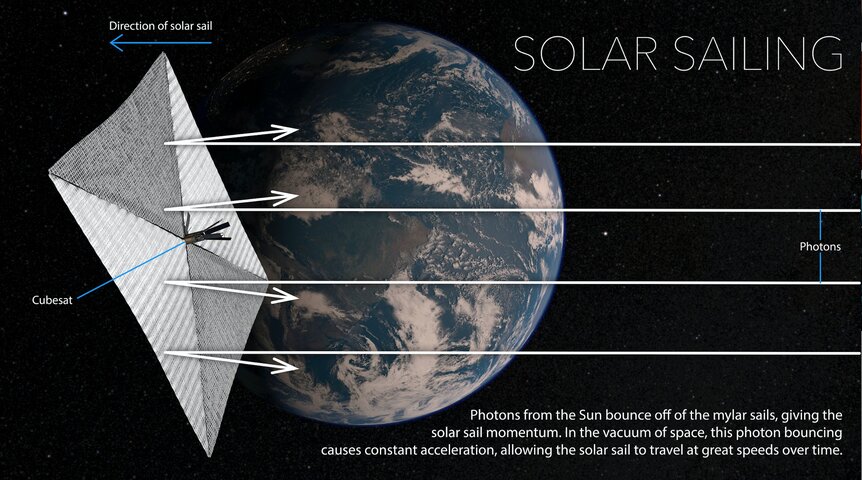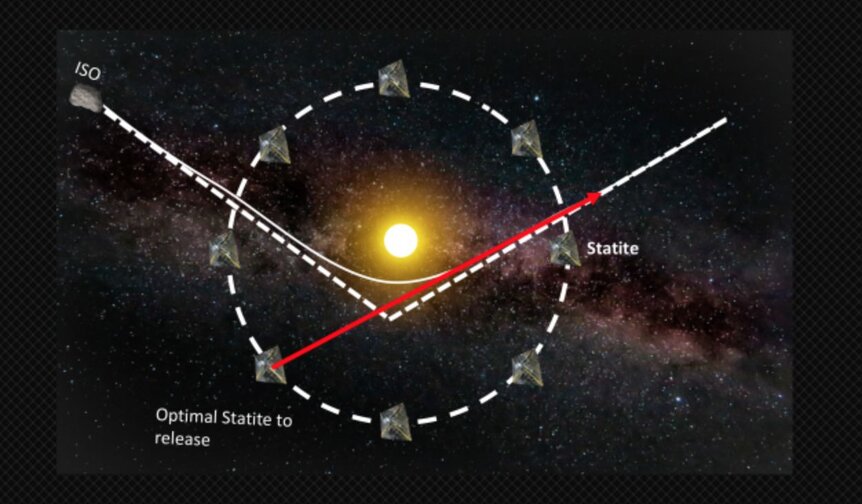Create a free profile to get unlimited access to exclusive videos, sweepstakes, and more!
NASA hopes to get up close to asteroids using a 'dynamic orbital slingshot'

Not to be confused with the revolutionary new SpinLaunch system (a land-based centrifuge machine that whips a rocket around in circles and then slingshots it straight into low Earth orbit), Cambridge scientists have conceived a network of orbital, solar-sail sentry satellites that unleash stored-up energy when asteroids and comets are detected, in order to slingshot them toward the sun's gravity and chase down these elusive cosmic rocks and snowballs.
Researchers at MIT have proposed an intriguing concept to chase down rogue astral bodies like the oddly shaped Oumuamua and Comet 2I/Borisov, one that employs a “dynamic orbital slingshot” to get a more personal peek at interstellar visitors from beyond. Their methods would dispatch a fleet of small satellites parked in orbit around our warming star to take a whiplash ride around the sun to catch up with these mysterious rocky objects.
Oumuamua rocketed into our solar system in 2017, but was hell-bent to exit our region as fast as it arrived. Unfortunately, it was long gone before scientists could get a good look at its wobbly motion or even correctly identify it as an asteroid or a comet. MIT's project hopes to remedy that situation.
Their wild concept has excited the brain trust at NASA and earned the MIT team proof-of-concept funding from the NASA Innovative Advanced Concepts (NIAC) Program, a mad scientist's lab of extreme forward-thinking ideas like the proposed Death Star-like giant radio telescope to be constructed inside a colossal lunar crater situated on the dark side of the moon.
“There are a lot of fundamental challenges with observing [interstellar objects] from Earth — they are usually so small that light from the sun needs to illuminate it in a certain way for our telescopes to even detect it,” explained Richard Linares, assistant professor of MIT's Department of Aeronautics and Astronautics (AeroAstro). “They are traveling so fast that it’s hard to pull together and launch a mission from Earth in the small window of opportunity we have before it’s gone. We’d have to get there fast, and current propulsion technologies are a limiting factor.”
MIT's provocative plan would essentially hurl tiny probes at wandering interstellar objects (ISOs) by harnessing the sun's gravitational tug prior to them zooming out of our solar system and into the great beyond. Linares believes that the key to successful meetups is to blanket the territory effectively with a waiting ring of craft, and rendezvous with miscellaneous rogue space rocks using a coordinated swarm of "statites."
Statites (static satellites) are artificial satellites that use miniature solar sails to constantly adjust their orbits and maintain a somewhat stationary position indefinitely. Then they're called into action and flung into the path of ISOs for observational fly-bys or close-up personal visits, depending on which statite is in the best targeted location.
Theoretically, this necklace of vigilant spacecraft hovering at the borders of our solar system would be unleashed when any ISOs are about to zip past. Stockpiled energy in each thin solar sail would leverage the gravitational effects of the sun to propel the intrepid statite into a freefall trajectory, and give it the momentum to catch up with the speeding ISO.
“Flyby missions tend to be easier because they don’t require you to slow down — you fly past the object and try to get as many pictures as you can in that window,” adds Linares. “A rendezvous mission is harder because you have to slow down and match the speed of the object so you can stay with it for a while. But the longer you can stay around the interstellar object, the better pool of data you can collect. Good science happens up close.”





























